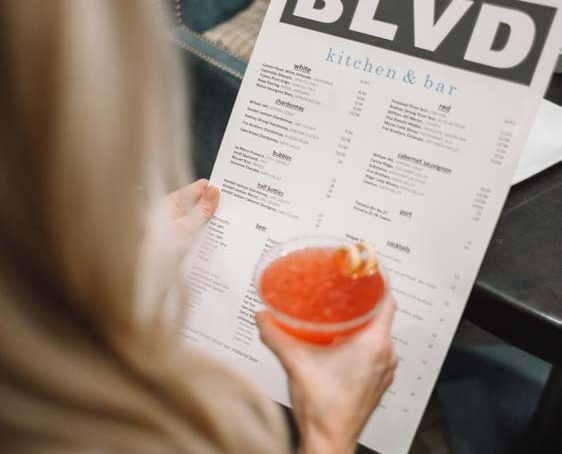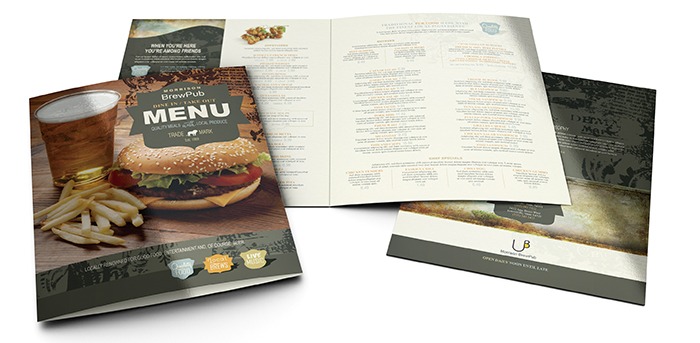From the vegan craze to world-food influences, the factors impacting international menu trends are both wideranging and numerous. Natalya Latypova Director of Projects of Glee Hospitality Solutions, reviews and assesses what’s hot in the UAE and what’s on the way out.
In terms of global reach, the world is a far smaller place then it was 10 or 20 years ago. Consumers are now exposed to hundreds of cuisine concepts, prepared in fresh and innovate ways. Instagram has made the phenomenon of showcasing our meals an everyday norm, while chefs need to be more diligent than ever before in exploring new untapped markets and cuisines to increase their repertoires. Additionally, we are now dealing with a new demographic of consumers that are far more aware and informed than previous generations; customers who want to know where their food comes from, how healthy it is and its impact on the environment.
The UAE has worked hard to strengthen its position on the global F&B scene and is determined to remain a driving force in international cuisine. With one of the largest expat demographics in the world and international celebrity chefs routinely setting up shop there, consumers are presented with some of the most diverse menu offerings around. But how have those menus changed over the years and which trends are having the biggest influence on the choice of offerings found in this important regional market today?
Healthy and sustainable
One of the primary, overriding menu trends for 2020 is undoubtedly the increased implementation of healthy and sustainable factors, such as farm-to-table concepts, fair trade and use of sustainable packaging (no single-use plastic, for example). Running alongside them is the huge increase in vegan offerings on the back of rising demand, which ties in with the healthier-lifestyle movement. The number of vegan concepts launched has sky-rocketed in recent months, while traditional, non-vegan outlets are now diversifying their menus to cater to customers looking for these options.
Fine-dining and/or glamorous restaurants have always had a place in the UAE, with several world-renowned names putting down roots in the country, including Nobu, Zuma and Namos, to name just a few. However, the current focus has shifted more toward high-quality, nutritious food at an affordable price.
Alternative innovative dining settings, such as supper clubs, pop-ups and thematic dinners (zero-waste dinners, for example), are also growing in popularity. In essence, people are becoming more focused on high-quality, nutritious food at an affordable price, rather than simply opting for top-of-the-range restaurants.
Must-have menu items
When it comes to trending menu options, key items have become increasingly prevalent amongst several restaurant concepts. Beverages such as coffee based mocktails, adaptogen coffee and Nitro coffee have gradually taken their place as staples in successful coffee shops and cafés, satisfying an increased curiosity amongst customers who are keen to familiarize themselves with new international trends.
Bowls have also become a highly popular medium for preparing and presenting food, including customizable poke, acai, chia and burrito bowls to name just a few. The fact that bowls provide diners with a wholesome and nutritious meal without the need for sides makes them especially popular with customers seeking a ‘complete’ lunch solution during a busy schedule or even as a convenient, fuss-free dinner option. Compact and easy to carry, they are also ideal to take away.
Another noticeable trend is the increased drive amongst restaurants to make everything in house, from freshly baked bread, jams and spreads to pasta. Creating dishes from scratch not only helps businesses to factor in costs, but also adds significant value to the brand and the restaurant’s menu. The trend has even extended to fast-casual outlets, where homegrown fried chicken is being served, for example.
Cuisines inevitably go through a lifecycle of introduction, inception and increased popularity depending on the region and population demographics. In the US, for example, we saw a huge craze for sushi in the 1980s, whereas Korean food didn’t begin to enter the mainstream industry until the early 2000s. Mexican food, however, has long been a popular staple in the US market, much like Indian cuisine is an established favorite in the UK and the GCC region. When it comes to the UAE, the popularity of Latin food, such as Mexican and Peruvian cuisine, has waned a little, overtaken by Greek food. Greek restaurants, led by Opa and Mythos, alongside others, are enjoying success in the market, while new concepts like Nostos, Ammos and Taverna have opened their doors to largely positive reviews.
While there will always be a place for tradition and traditional dining/cuisine in the UAE, the country is now greatly connected to the rest of the world and benefits from the mutual sharing of culture and food. Domestic trends are increasingly reflecting those witnessed around the world, which today are dominated by consumers seeking healthier, authentic, cost-effective and delicious cuisine options.


















